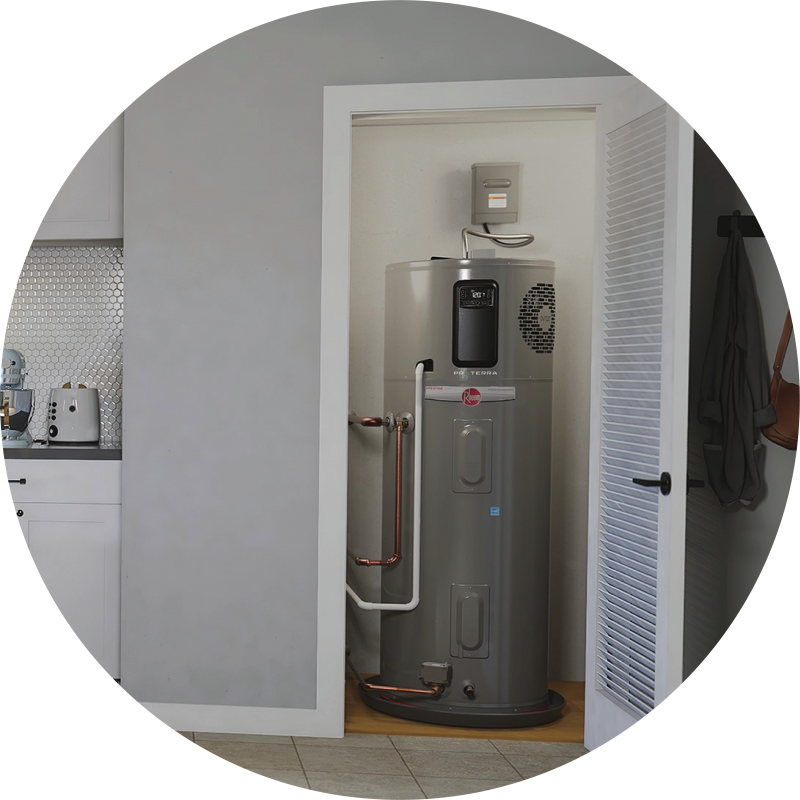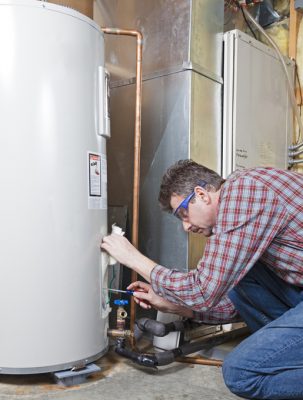Maintaining Your Home's Hot Water System: Essential GuidelinesSpecialist Advice for Caring for Your Home's Hot Water System
Maintaining Your Home's Hot Water System: Essential GuidelinesSpecialist Advice for Caring for Your Home's Hot Water System
Blog Article
Are you currently searching for information about How to Maintain a Hot Water Heater in a Few Simple Steps?

Hot water is necessary for daily comfort, whether it's for a rejuvenating shower or cleaning meals. To ensure your warm water system runs successfully and lasts longer, normal upkeep is essential. This article provides practical pointers and insights on how to keep your home's hot water system to prevent interruptions and expensive fixings.
Intro
Preserving your home's hot water system may appear overwhelming, yet with a few easy steps, you can guarantee it operates smoothly for many years to come. This overview covers whatever from understanding your warm water system to DIY upkeep ideas and understanding when to call in specialist aid.
Value of Maintaining Your Hot Water System
Normal upkeep not just expands the life-span of your hot water system however also ensures it operates efficiently. Neglecting upkeep can cause reduced performance, greater energy expenses, and even early failing of the system.
Indications Your Hot Water System Needs Maintenance
Understanding when your warm water system requires focus can protect against significant concerns. Keep an eye out for indications such as irregular water temperature level, strange noises from the heating unit, or corroded water.
Comprehending Your Warm Water System
Prior to diving right into upkeep tasks, it's useful to recognize the standard components of your warm water system. Commonly, this includes the hot water heater itself, pipes, anode rods, and temperature level controls.
Monthly Maintenance Tasks
Normal monthly checks can assist catch small issues before they rise.
Flushing the Water Heater
Flushing your hot water heater removes sediment accumulation, boosting efficiency and extending its life.
Monitoring and Replacing Anode Rods
Anode rods protect against deterioration inside the tank. Examining and replacing them when worn is critical.
Examining and Adjusting Temperature Setups
Readjusting the temperature level settings guarantees ideal efficiency and safety.
Do It Yourself Tips for Upkeep
You can execute a number of maintenance jobs on your own to maintain your hot water system in top condition.
Looking for Leakages
Regularly inspect pipelines and links for leakages, as these can cause water damage and greater expenses.
Testing Stress Alleviation Valves
Evaluating the stress safety valve guarantees it works correctly and stops extreme pressure buildup.
Insulating Pipelines
Insulating warm water pipelines reduces warmth loss and can save power.
When to Call an Expert
While DIY maintenance is beneficial, some concerns need professional experience.
Complex Issues Calling For Expert Aid
Examples include significant leaks, electric issues, or if your hot water heater is regularly underperforming.
Regular Professional Upkeep Conveniences
Professional maintenance can include extensive examinations, tune-ups, and ensuring conformity with safety criteria.
Conclusion
Regular maintenance of your home's hot water system is important for efficiency, long life, and price financial savings. By adhering to these ideas and understanding when to look for expert help, you can ensure a trusted supply of hot water without unexpected disturbances.
Water Heater Maintenance: The Basics
Maintaining your water heater will ensure it operates efficiently and has a longer lifespan. Neglecting regular maintenance can lead to costly repairs and an even bigger chunk of your savings if you have to replace it sooner than necessary. But there’s good news: Most water heater maintenance tasks are relatively simple and easy for homeowners with basic DIY skills.
Flush the Water Heater
Over time, sediment and minerals can build up in the tank, reducing its efficiency and potentially causing damage. To flush the tank, turn off the power or gas supply, attach a hose to the drain valve near the bottom and open the valve to drain the water until it runs clear. Ideally, flush the tank annually.
Replace the Anode Rod
The anode rod is a sacrificial metal rod that helps prevent corrosion inside the tank. Inspect and replace it every three to five years or per the manufacturer's recommendation. To replace the anode rod, turn off the power or gas supply, drain a few gallons of water from the tank, unscrew the old rod and replace it with a new one. If the anode rod is significantly corroded or covered in calcium buildup, it's a sign the water heater may need to be replaced soon.
Tune-Up
A yearly tune-up can help identify potential issues and ensure your water heater operates at peak efficiency. This typically involves checking the thermostat, burner assembly (for gas heaters) and any other components specified by the manufacturer. During a tune-up, the technician may also clean the burner and adjust the pilot light (for gas heaters) or examine the heating elements (for electric heaters).
How to Maintain Your Water Heater
Insulate the tank. Insulating the tank can improve energy efficiency and reduce heat loss, saving you money on energy bills. You can purchase precut insulation blankets designed specifically for water heaters or use standard fiberglass insulation wrapped securely around the tank. Check the temperature. The recommended water temperature for most households is around 120 degrees Fahrenheit (49 degrees Celsius). Higher temperatures can increase energy costs and potentially cause scalding. Use a kitchen thermometer to check the temperature at the faucet nearest the water heater. Monitor water pressure. Excessive water pressure can strain the water heater and cause leaks or even tank failure. Install a pressure-reducing valve if necessary. The ideal water pressure range is between 60 and 70 PSI (pounds per square inch). Test the temperature and pressure (T&P) relief valve. The T&P relief valve is a safety feature that releases pressure if the tank gets too hot or the pressure builds up too high. Test it annually by lifting the lever and allowing a small amount of water to release. Replace the valve if it doesn't release water or reseal properly. Check for leaks. Regularly inspect the tank, pipes and fittings for leaks or corrosion. Deal with issues promptly to prevent further damage. Even a small leak can lead to significant water damage over time. Consider a tankless water heater. If your traditional tank-style water heater is nearing the end of its lifespan ( typically 10 years), consider replacing it with a tankless water heater. These units heat water on demand, reducing standby energy losses and potentially saving you money on your energy bills. Schedule professional maintenance. While homeowners can perform many water heater maintenance tasks, it's still a good idea to schedule professional maintenance every few years. A plumber or HVAC technician can thoroughly inspect the unit, identify potential issues and ensure it operates safely and efficiently. https://www.homeserve.com/en-us/blog/home-improvement/hot-water-heater-maintanence/

I came across that review about Water Heater Maintenance Tips You Can't Afford to Forget while doing a lookup on the web. Do you know about someone else who is interested by the topic? Why not share it. Thanks for your time invested reading it.
Call Today Report this page